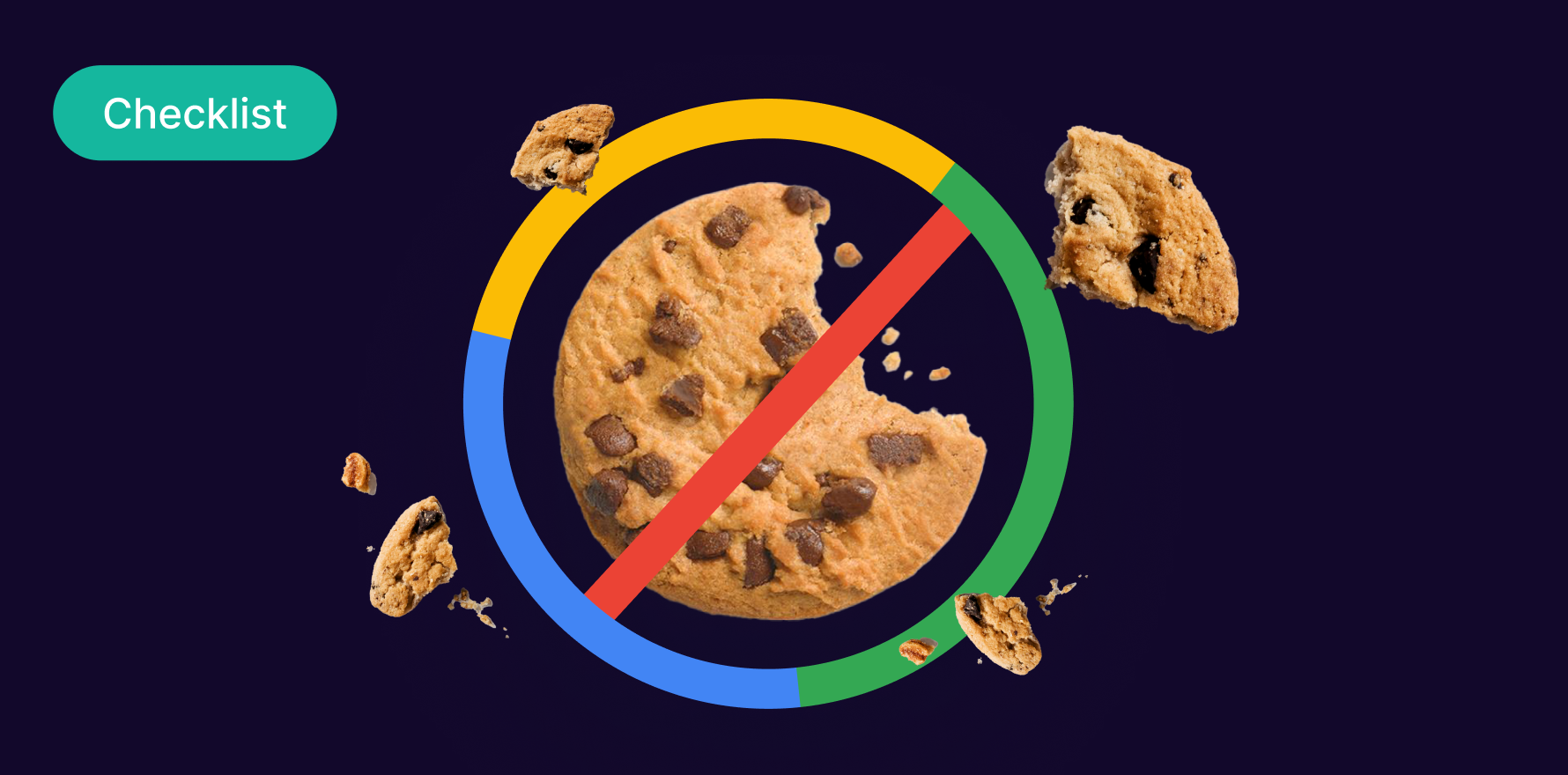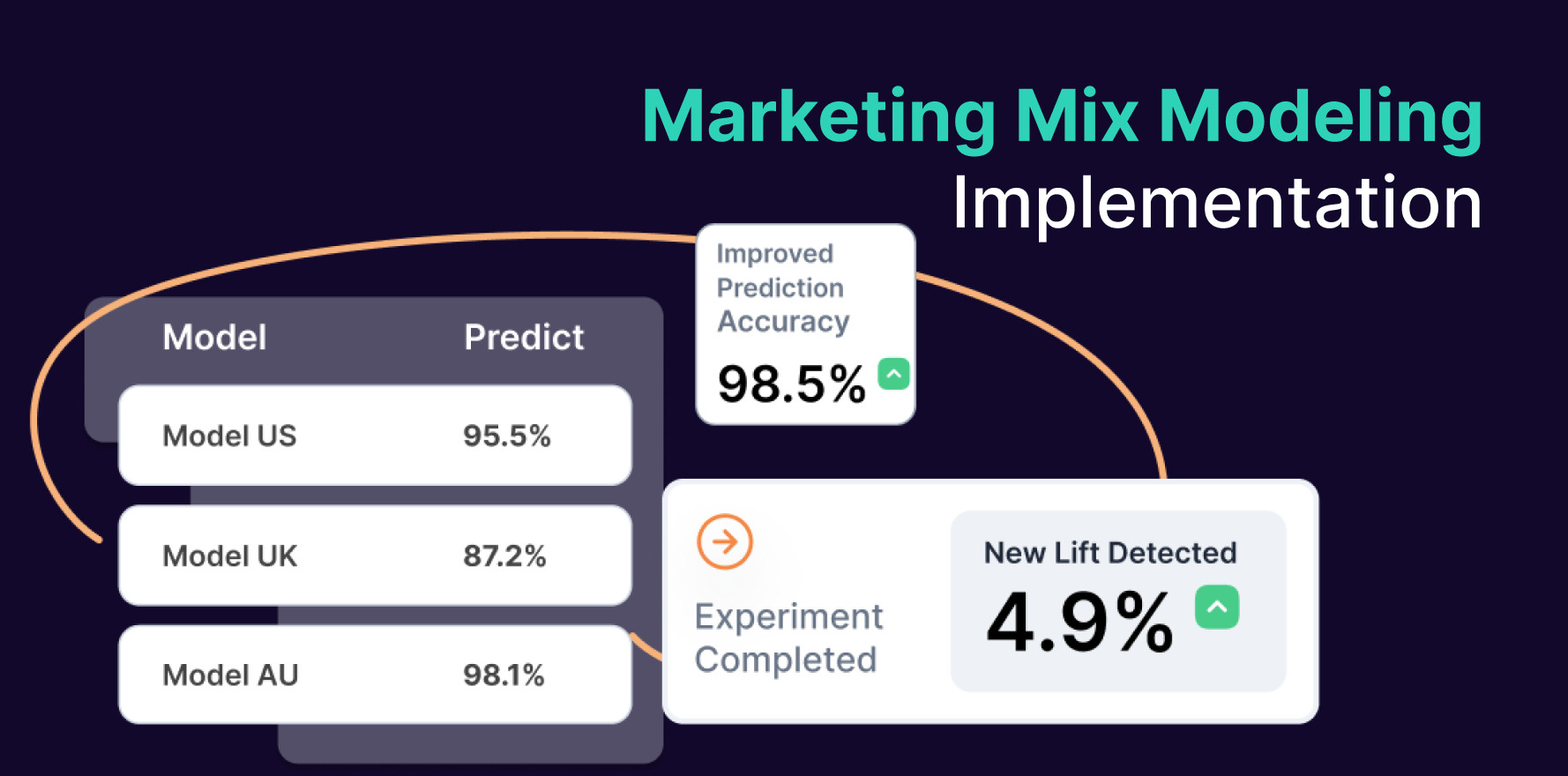What is Incrementality Measurement?
Incrementality Measurement refers to the evaluation method that attempts to quantify the added value or revenue brought by a specific marketing campaign or strategy. It evaluates whether the campaign has truly driven new business or simply re-routed business from other channels. Incrementality aims to identify the causality between a marketing action and observed user behavior.
Formula
Example
- Suppose you ran an email marketing campaign. You split your audience into a test group that received the email and a control group that didn’t.
- Let’s say the conversion rate of the test group was 15% while the control group’s conversion rate was 10%. The incrementality rate would be: [(15-10)/10] * 100% = 50%. This demonstrates that the campaign has driven an incremental increase of 50% in conversions over what would have happened naturally.
Why is Incrementality Measurement important?
Incrementality Measurement allows businesses to identify their most effective marketing strategies. It ensures that marketing resources are effectively allocated by identifying strategies that drive real growth. Furthermore, it prevents over-attribution to marketing campaigns that simply shift customer actions between channels rather than creating new value.
Which factors impact Incrementality Measurement?
Optimizing incrementality involves testing different marketing strategies and iterations therein. Conducting A/B tests, refining audience segmentation, or shifting marketing channels can illuminate strategies that drive the greatest incremental benefit.
How can Incrementality Measurement be improved?
Several factors can influence incrementality, such as audience targeting precision, marketing messaging and creative component, and the synergy between different marketing channels.
What is Incrementality Measurement’s relationship with other metrics?
Incrementality Measurement ties in closely with other ecommerce metrics such as Customer Acquisition Cost, Customer Lifetime Value, and Retention Rates. Understanding incrementality can make these metrics more insightful by distinguishing between naturally occurring customer behaviors and those driven by specific marketing actions.
Free essential resources for success
Discover more from Lifesight






















































